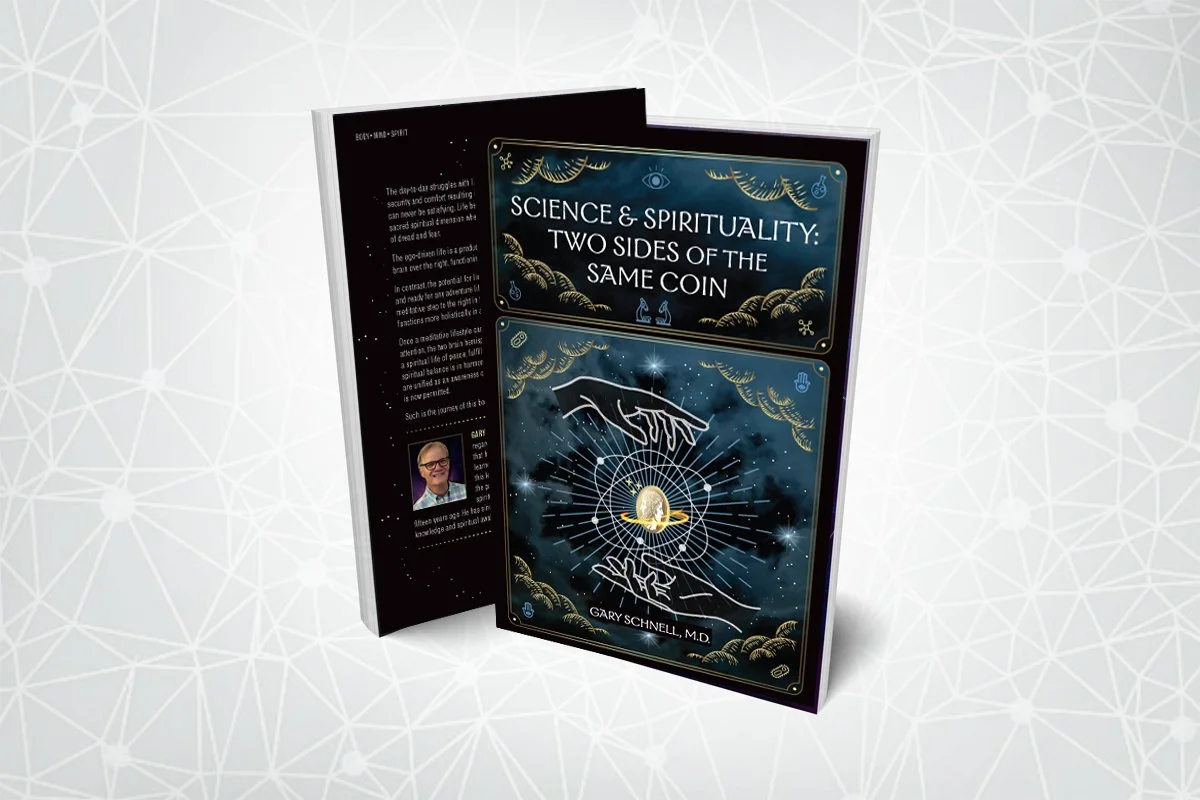
“RIGHT BRAIN vs. LEFT BRAIN”
Discover Your Thinking Style
Understanding how you think can be just as important as what you think. While the old idea of being strictly “left-brained” or “right-brained” has been largely debunked, each of us still has natural cognitive preferences — ways we tend to approach problems, process information, and make decisions. This self-reflection exercise invites you to explore your own thinking style across a range of dimensions: analytical versus intuitive, verbal versus visual, structured versus flexible, and more. There are no right or wrong answers — only insight into the unique way your mind works. Use these questions to deepen your self-awareness, enhance your learning strategies, or simply appreciate the rich complexity of how you think.
How Right or Left Brained Are You?
Let’s Get Started
1. Analytical vs. Holistic
Do you prefer to break problems down into smaller parts, or to look at the big picture first?
When making decisions, do you rely more on logic or gut feeling?
Are you more comfortable with facts and data or with patterns and ideas?
2. Verbal vs. Visual
Do you tend to think in words or in images?
When learning something new, do you prefer reading text or seeing diagrams/videos?
Can you easily describe your thoughts out loud, or do you prefer to sketch or visualize them?
3. Sequential vs. Intuitive
Do you prefer step-by-step instructions, or figuring it out as you go?
Are your thoughts usually organized and linear, or do ideas come to you in bursts and associations?
Do you find satisfaction in completing each task in order, or do you jump between tasks as inspiration strikes?
4. Practical vs. Imaginative
Do you enjoy tasks with clear rules and measurable outcomes, or ones that involve creativity and experimentation?
Would you rather improve existing systems or invent something new?
Do you often find yourself daydreaming or imagining alternate scenarios?
5. Structured vs. Flexible
Do you plan everything in advance or prefer to go with the flow?
Do deadlines motivate or stress you?
Is ambiguity frustrating or stimulating?
6. Emotional vs. Detached
Do you factor in people’s feelings heavily when making decisions?
Do you tend to empathize with others quickly, or analyze situations more objectively?
Are you energized by social connection or by solving abstract problems?
Self-Scoring Worksheet (Not Scientific, But Reflective)
Whole Brain Living
Neuroanatomist Dr. Jill Bolte Taylor recounts her experience of suffering a stroke in her left hemisphere—and observing the “shut‑down” of her analytic, language-driven mind. This allowed her to experience an entirely different state of consciousness rooted in the present moment. It’s a powerful deep dive into real brain lateralization—not the left-brain/right-brain myth, but how each half functions and influences perception.
Watch Dr. Jill Bolte Taylor’s TED Talk to experience what it felt like when her stroke ‘quieted’ her left-brain voice—and revealed another way of perceiving.”
Key Insights:
Right hemisphere: “parallel,” sensory, present-moment processing—pure awareness and interconnectedness
Left hemisphere: linear, logical, detail-oriented, self-referential—responsible for language and identity
She describes the “choice” we have to live from one mode or the other and advocates for whole-brain living
“When have you experienced pure, detail-free presence? What might that mean for how you think and choose to live?
The Left Brain vs Right Brain Myth
Are People Really Left-Brained or Right-Brained? by SciShow
SciShow explains how some great, Nobel-winning research into the human brain turned into a meme of misunderstanding that lasted for decades. There are more than two types of people in the world beyond just scientists and artists. Where is the flaw in the theory?
he left-brain/right-brain personality dichotomy is a popular myth that misrepresents serious neuroscience research.
Groundbreaking split‑brain experiments by Sperry showed localized functions—like language in the left hemisphere or spatial processing in the right—but didn't support the idea of overall hemisphere dominance.
Contemporary brain imaging demonstrates that nearly all cognitive tasks—logical reasoning, creativity, memory—rely on both hemispheres working together.
The myth has persisted largely due to oversimplified interpretations and catchy pop-psych labels, not scientific evidence.
The left brain vs right brain myth by Elizabeth Waters
The human brain is visibly split into a left and right side. This structure has inspired one of the most pervasive ideas about the brain: that the left side controls logic and the right side controls creativity. And yet, this is a myth, unsupported by scientific evidence. So how did this idea come about, and what does it get wrong? Elizabeth Waters looks into this long held misconception.
The idea that people are either "left-brained" (logical) or "right-brained" (creative) is a myth.
While certain functions are more active in one hemisphere, both sides of the brain work together in most tasks.
The myth stems from misinterpretations of early split-brain studies.
Modern neuroscience shows no evidence of dominant hemisphere use in individuals

